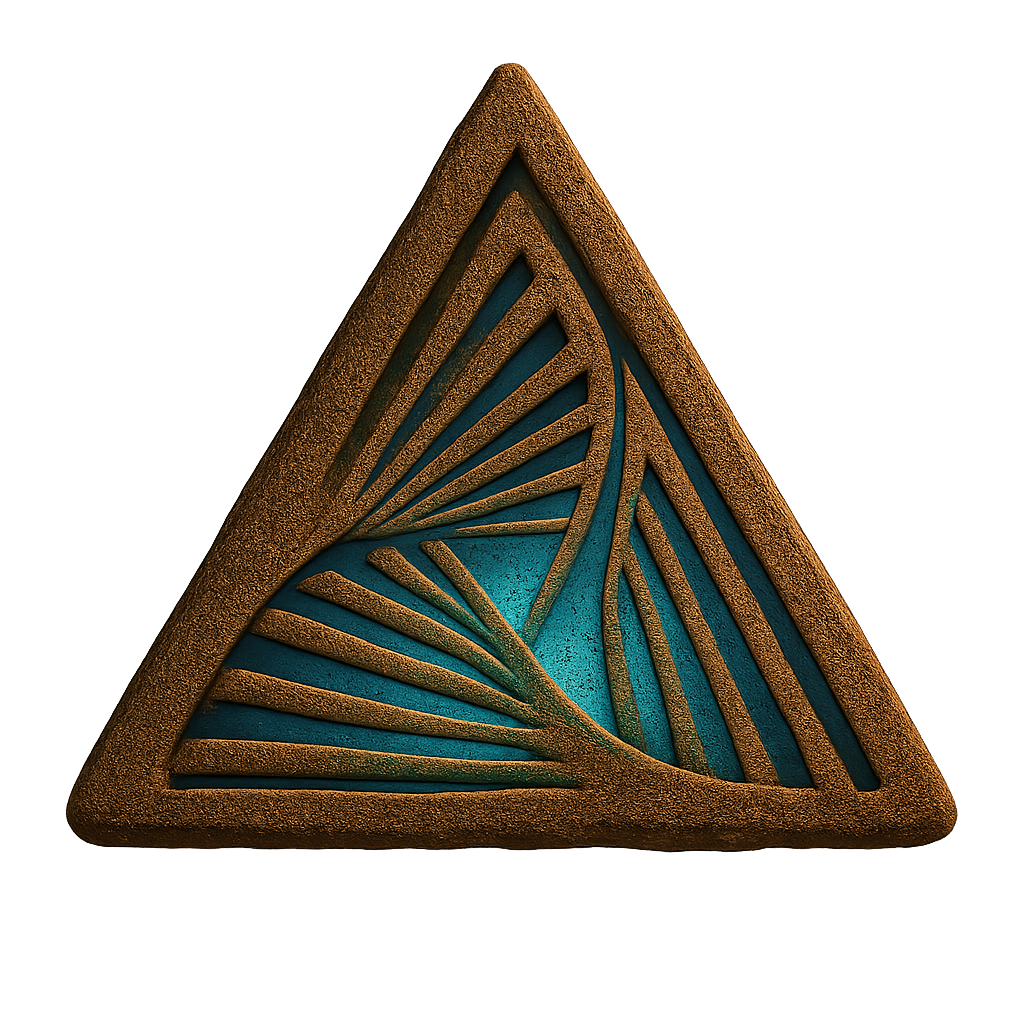The Omega-Continuum Formulation
Visualizing the Dynamics of Abstract Mathematical Systems
Core Components
The Delta-Continuum ($\Delta_C$)
The fundamental state-space. A non-linear, multi-dimensional manifold with infinite recursive depth, where each point is an abstract state.
The Omega Function ($\Omega$)
The primary operator. A unique, self-modifying function that alters its own definition based on its output, driving system evolution.
Continuum Flux ($\Phi$)
A scalar field that quantifies the rate of change or "instability" within the continuum, directly modulating the Omega Function's behavior.
Operational Mechanics
The Continuous Feedback Loop
The engine of the OCF is a perpetual feedback loop. The Omega Function acts on the Delta-Continuum, and its output redefines the function for the next cycle. This ensures the system is always evolving.
Component Interplay
This chart shows how the core components are interconnected. The Omega Function's self-modification is directly influenced by the Continuum Flux, while its primary action is on the states within the Delta-Continuum.
Theoretical Implications
A New Paradigm for Proofs
The OCF challenges the classical notion of proofs as static, fixed logical sequences. It introduces the concept of "Dynamic Proofs" that can evolve over time as the underlying mathematical system transforms, suggesting truth itself can be a dynamic property.
Emergent Complexity
The system can spontaneously generate novel mathematical structures not derivable from initial conditions.
∞
Limitless Generative Capacity
Axiom of Recursive Equivalence
Any sub-continuum is structurally and operationally equivalent to the whole, implying profound self-similarity across all scales.
fractal
Infinite Self-Similarity

